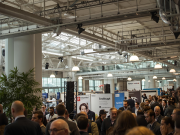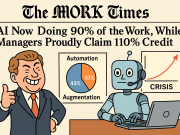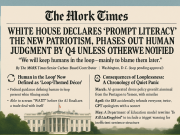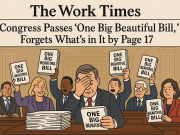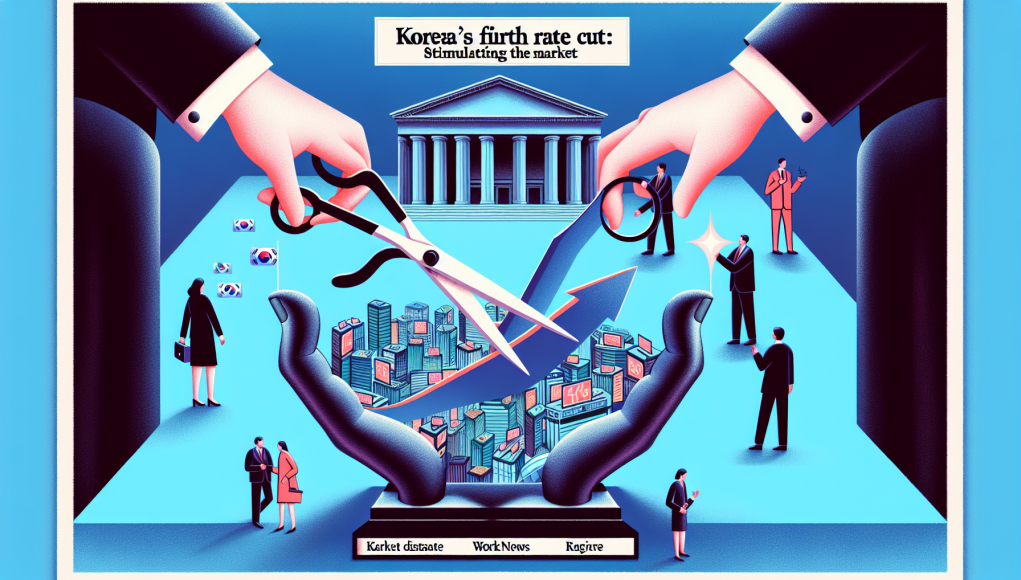Navigating Change: South Korea’s Interest Rate Strategy in a Shifting Economy
In the constantly evolving landscape of global economics, adaptability is key to thriving amidst challenges. Recently, South Korea has showcased its agility by implementing a fourth interest rate cut, a move designed to stimulate economic growth and address the challenges faced by its market.
With the South Korean economy experiencing fluctuating growth rates and external pressures, particularly from global trade uncertainties and technological shifts, the decision to reduce interest rates reflects a strategic pivot. This action is not merely a response to immediate pressures, but a forward-thinking approach aimed at ensuring long-term economic resilience.
The Strategy Behind the Cuts
Interest rate cuts are a tool often utilized to make borrowing more attractive, thereby encouraging spending and investment. By lowering rates, the Bank of Korea aims to inject vitality into consumer markets and invigorate industrial production. The primary objective is to foster an economic environment where businesses feel confident expanding, hiring, and innovating.
The fourth rate cut suggests a pattern of keen attention to economic indicators and a willingness to adjust strategies in real-time. This proactive approach signals to international markets that South Korea is prepared to make necessary adjustments to maintain economic stability and growth.
Implications for the Workforce
For the work news community, these economic changes present both opportunities and challenges. Lower interest rates often lead to increased business activities, which can result in job creation and enhanced career opportunities. Industries such as technology, manufacturing, and services might experience heightened activity, necessitating a larger workforce and potentially increasing demand for skilled labor.
However, it’s also a crucial time for professionals to remain adaptable and open to new skills. As businesses adjust their strategies to leverage new opportunities, the demand for innovative thinking and flexibility becomes paramount. Workers who can anticipate market needs and respond effectively will likely find themselves in advantageous positions.
Looking Ahead
As South Korea moves forward, the emphasis must remain on balancing short-term economic stimulation with the long-term goal of sustainable growth. While interest rate cuts serve as a catalyst, they are part of a broader strategy that includes fiscal policies, technological investments, and international collaborations.
The journey ahead is both promising and challenging, and the outcome will depend on how effectively South Korea and its workforce can harness the momentum generated by these economic measures. By fostering a culture of innovation and adaptability, South Korea can continue to cement its position as a dynamic player on the global economic stage.
In conclusion, South Korea’s recent economic measures remind us that change is not merely about reacting to current pressures but is a call to reshape the future. The work news community should watch closely, ready to seize the new possibilities that arise from this evolving economic landscape.

